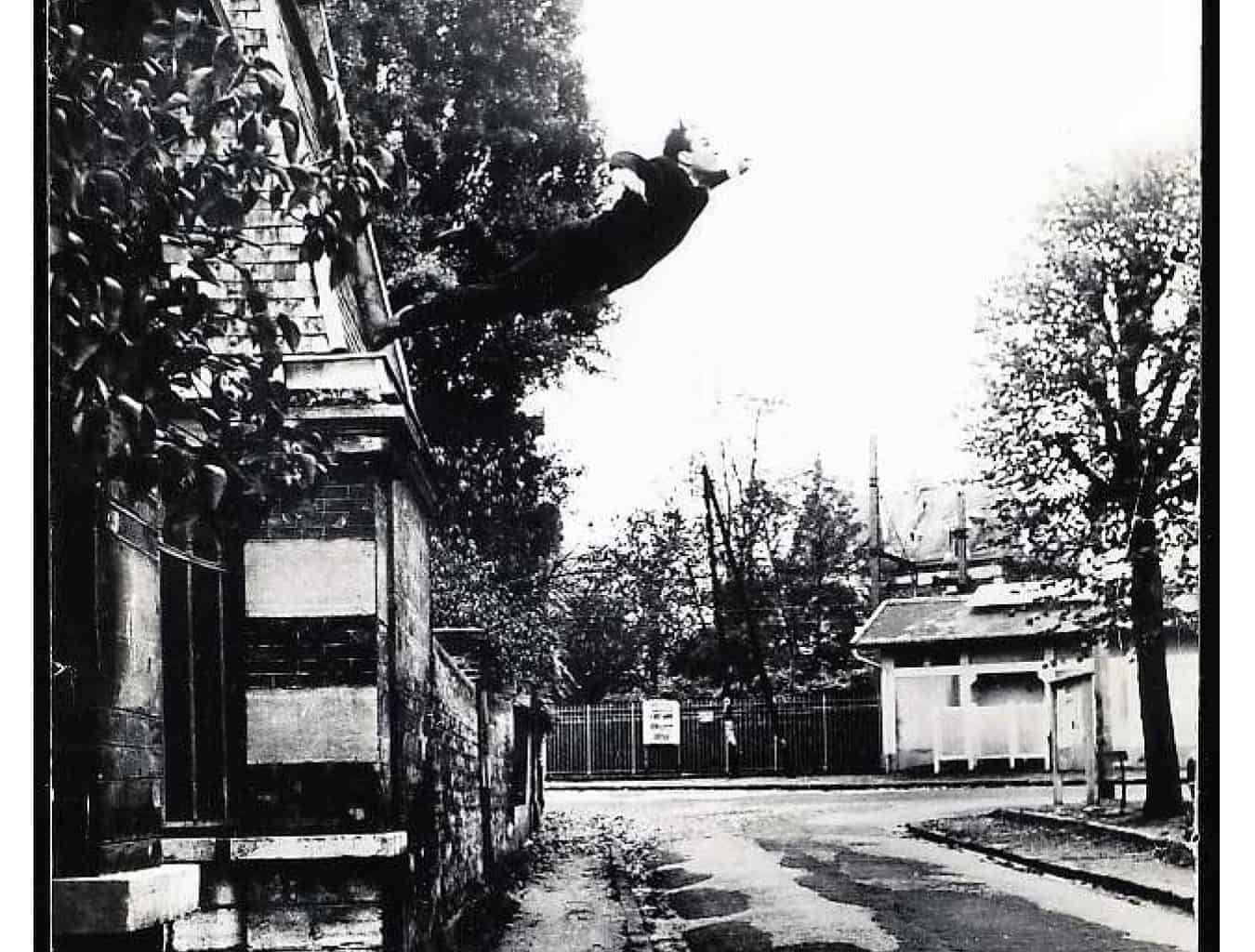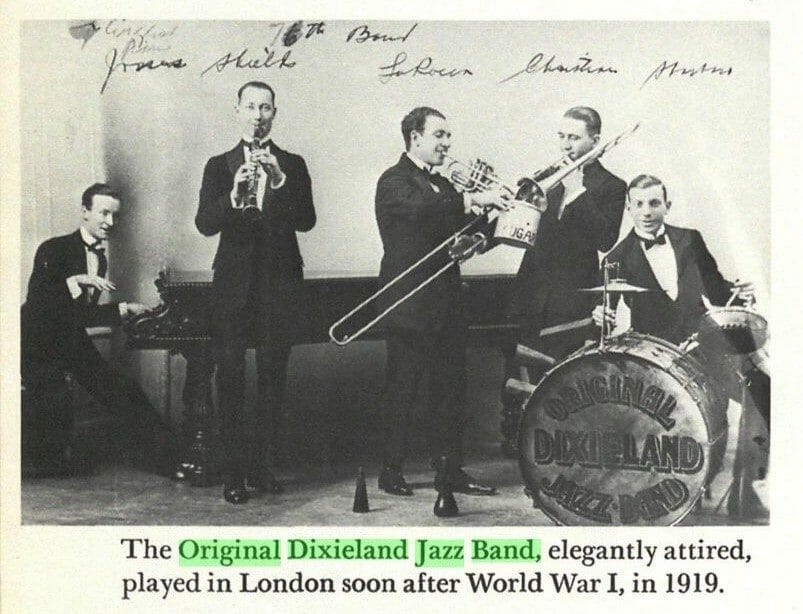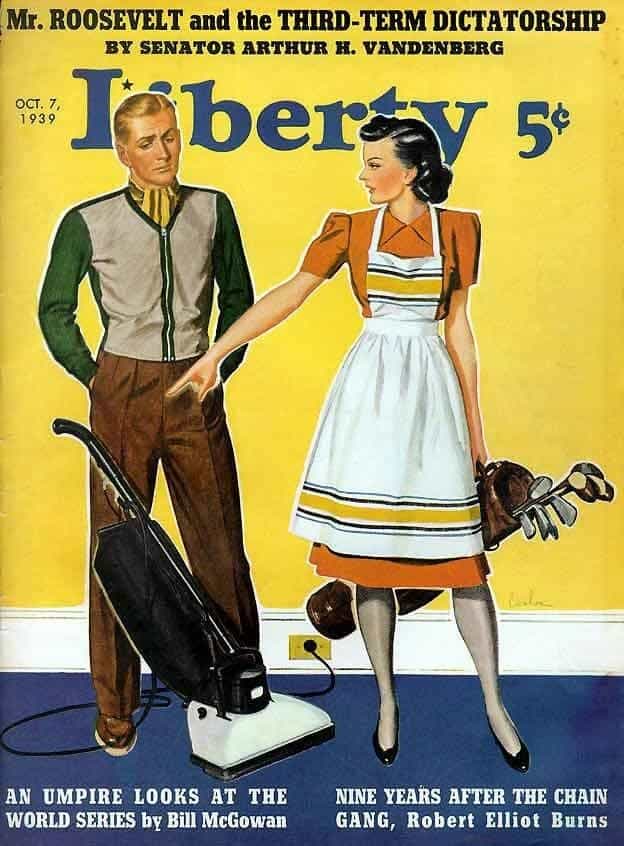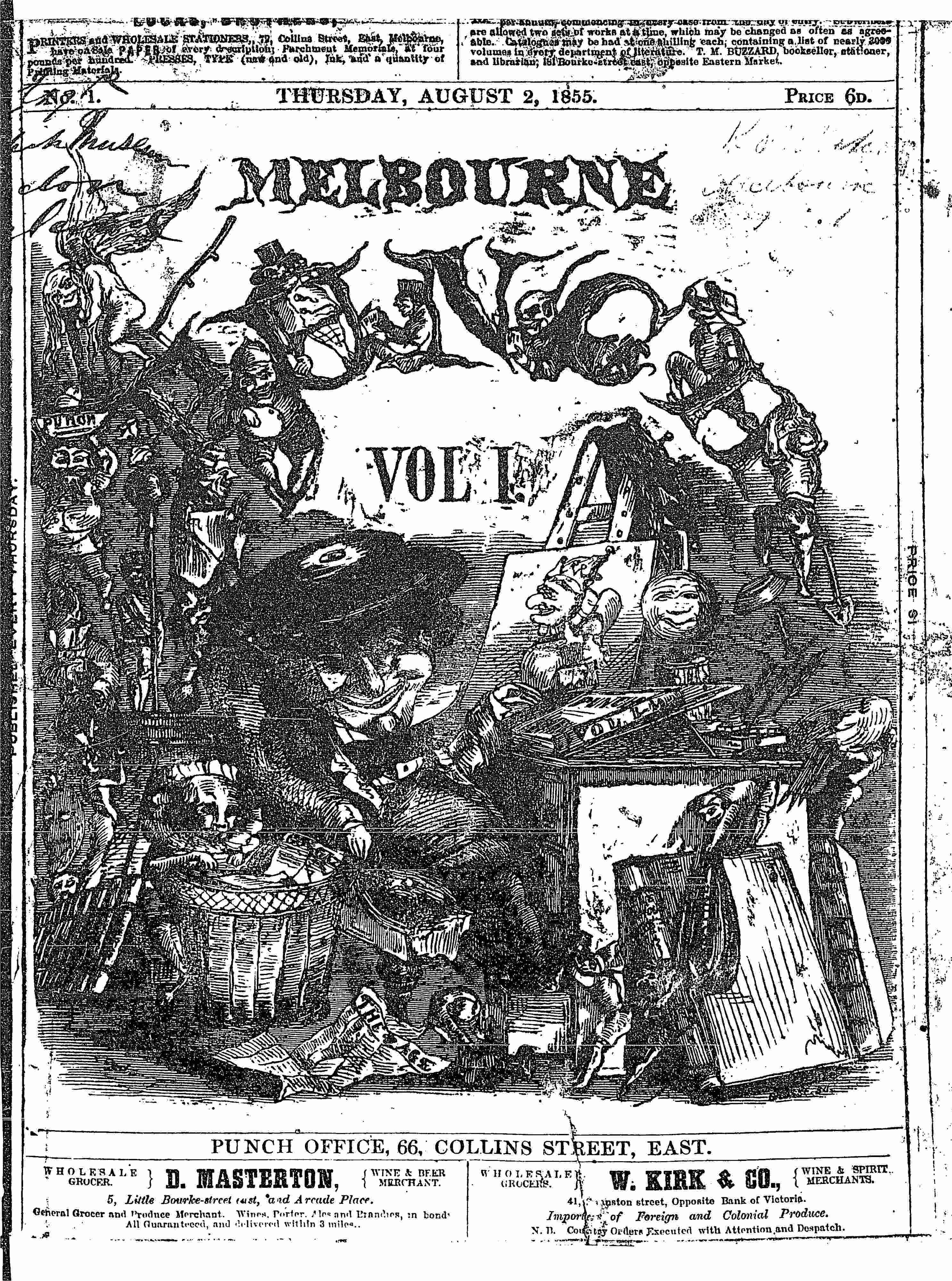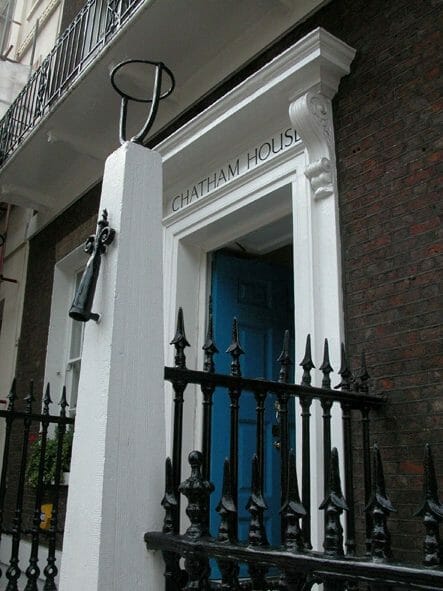Yves Klein calls his pictures “Propositions.” He very carefully roughens the surfaces so as to express his sensibility. Then he invites the spectator to share the artist’s sensibility by “allowing the mind to plunge into the heart of the colour.”[1]
The debate around modern art versus representational art had begun by the 1950s. The pages of The Listener had followed the debates, as a subject that had “often led to controversy”[2]. Modern art was perceived as an area where “execution determines design instead of design determining execution”, and the modern artist “has done away with the rational meaning of the subject-matter required in traditional art and allows unconscious phantasy to express itself more clearly”[3]. Klein, as the emerging face of modern art, represented this, arguing “that our primary ocular sensation is that of colour, and that he, as an artist, wishes to free this sensation of colour from all extraneous or limiting circumstances.”[4]

